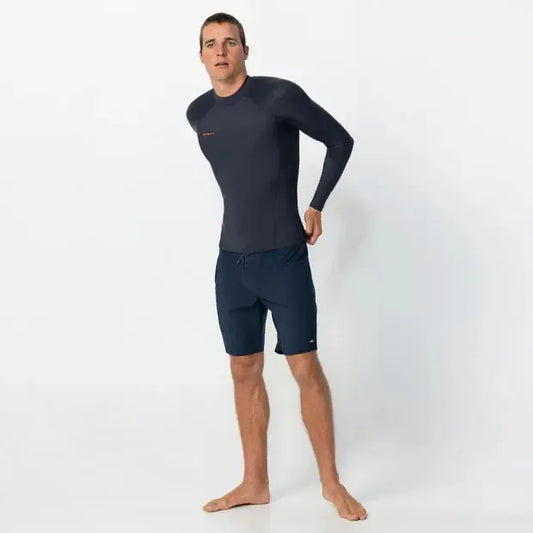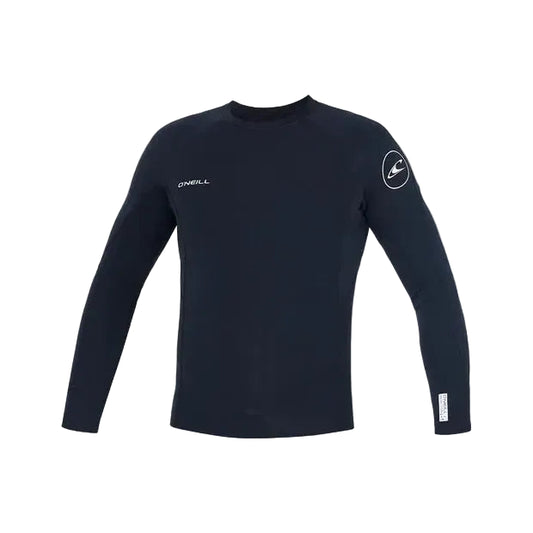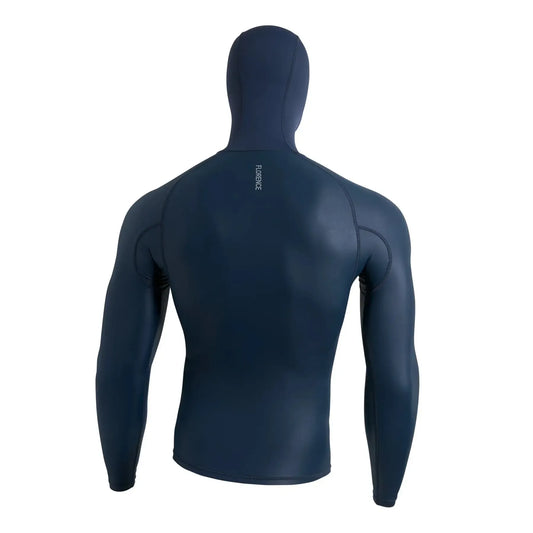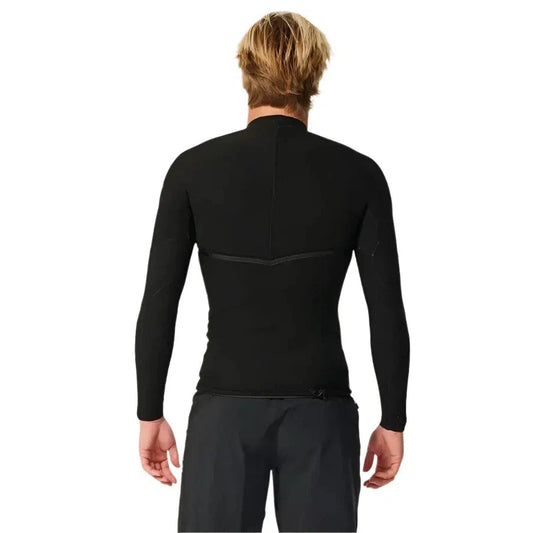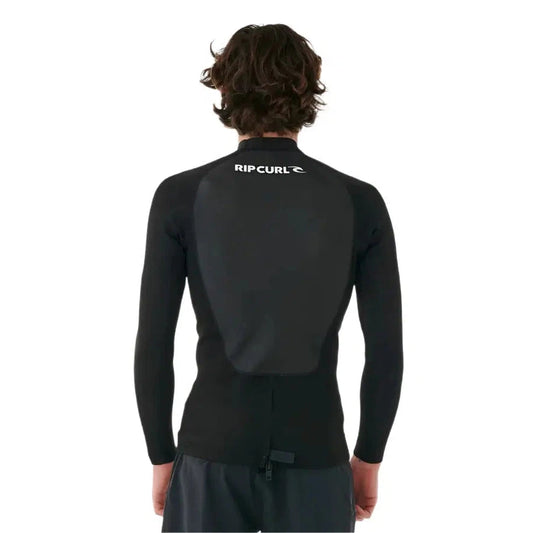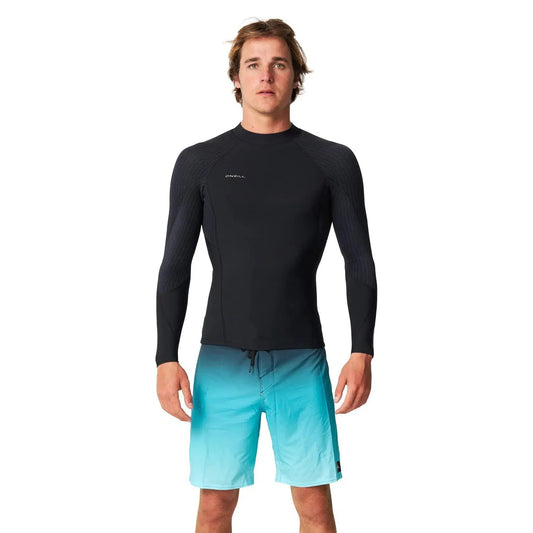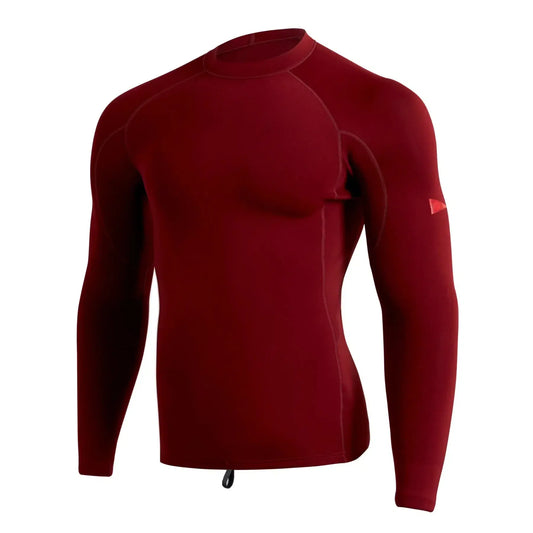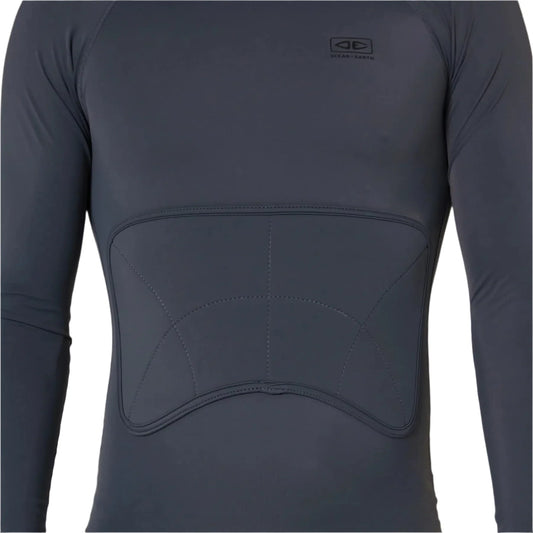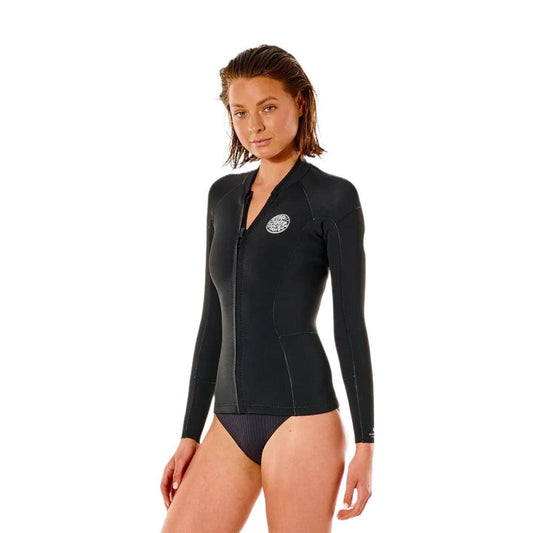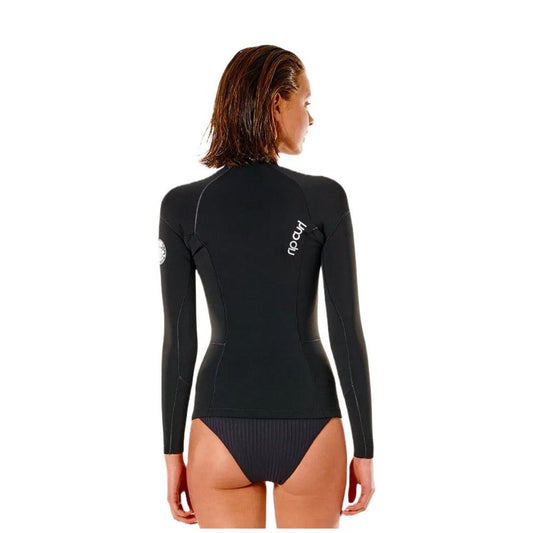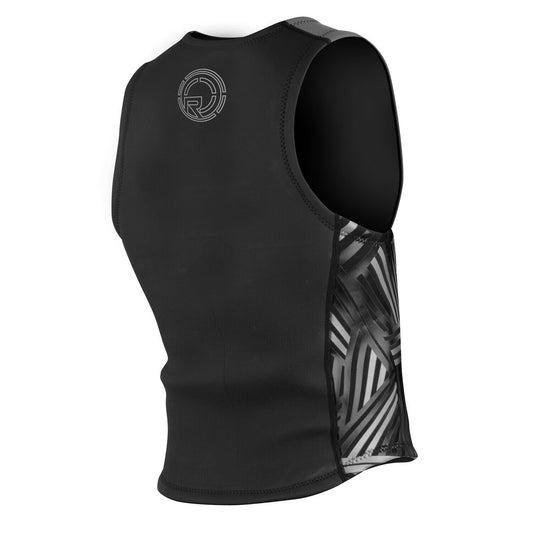Collection: Wetsuit Tops
-
2026 O'Neill Hyperfreak LS Crew GBS 2mm Wetsuit Top - Gunmetal
Regular price $239.99 AUDRegular price -
2025 O'Neill Reactor 2 LS 1.5mm Crew Wetsuit Top
Regular price $159.99 AUDRegular price -
Florence Windshield Long Sleeve Hooded Rashguard
Regular price $159.95 AUDRegular price -
Ripcurl Ebomb LS Jacket GBS 1.5mm Wetsuit Top
Regular price From $159.99 AUDRegular price -
Ripcurl Omega LS Jacket GBS 1.5mm Wetsuit Top
Regular price $159.99 AUDRegular price -
2025 O'Neill Hyperfreak LS Crew GBS 2mm Wetsuit Top
Regular price $219.99 AUDRegular price -
Florence Marine X 1.5mm FlatLock Wetsuit Jacket
Regular price $229.95 AUDRegular price -
Inner Realm Lugje Vest - Black
Regular price $169.00 AUDRegular price -
Ocean and Eath Rib Guard Padded Long Sleeve Vest
Regular price $84.00 AUDRegular price -
2023 Rip Curl Womens Dawn Patrol L/Sleeve Jacket
Regular price $169.99 AUDRegular price -
Radar Sleeveless Neo John Top
Regular price $55.00 AUDRegular price$79.95 AUDSale price $55.00 AUDSale
Got Questions? we have answers!
FAQ's
Are Expensive Wetsuits Worth It?
Yes, if you surf or dive regularly. A cheap wetsuit may work for casual use, but a high-quality wetsuit will keep you warmer, drier, and more comfortable, especially in cold conditions. If you’re serious about your time in the water, a good wetsuit is worth the investment!
How Often Should You Wash a Wetsuit?
• After every session – Quick freshwater rinse.
• Every few weeks – Deep clean with wetsuit shampoo if used regularly.
• If it smells bad – Soak in a mix of wetsuit cleaner and water for 20-30 minutes before rinsing.
Taking care of your wetsuit properly will extend its lifespan, keep it flexible, and prevent bad odors!
Can wetsuits go in the dryer?
No, wetsuits should never go in the dryer. The heat and tumbling can damage the neoprene, weaken the seams, and reduce flexibility, making the suit less effective and shortening its lifespan.
Why You Shouldn’t Put a Wetsuit in the Dryer:
🚫 Heat Damage: High temperatures break down neoprene, making it stiff and brittle.
🚫 Weakens Seams & Glue: The glue holding the seams together can melt or degrade.
🚫 Tumbling Stress: The dryer’s movement can stretch and distort the wetsuit’s shape.
How to Dry a Wetsuit Properly:
✔ Hang it on a Wide Hanger: Avoid thin hangers that can stretch the shoulders.
✔ Turn it Inside Out First: Dry the inside first, then flip it back after a few hours.
✔ Use a Shaded, Well-Ventilated Area: Direct sunlight can also damage neoprene, so dry it in the shade.
✔ Speed Up Drying with a Fan or Towel: Lay a dry towel inside or use a fan to increase airflow.
Drying your wetsuit correctly will keep it flexible, warm, and lasting longer!
Can wetsuits be used in pools?
Yes, wetsuits can be used in pools, but prolonged exposure to chlorine can damage the neoprene over time.
Things to Consider When Using a Wetsuit in a Pool:
✔ Protection & Warmth – A wetsuit can help keep you warm in colder pools, especially for activities like swimming training, water therapy, or diving practice.
✔ Buoyancy – Neoprene provides extra floatation, which can be helpful for swimming but may feel restrictive for some strokes.
✔ Chlorine Damage – Pool chlorine can break down neoprene over time, making it stiffer and less elastic.
✔ Proper Rinsing – Always rinse your wetsuit thoroughly with fresh water after using it in a pool to remove chlorine and extend its lifespan.
Best Wetsuits for Pools:
• If you plan to swim in a pool often, consider chlorine-resistant wetsuits or triathlon wetsuits, which are designed for frequent swimming and have more flexibility.
• Shorty or sleeveless wetsuits can be more comfortable for pool use, as they allow better arm movement.
👉 Bottom line: Yes, you can use a wetsuit in a pool, but rinse it well after each use to prevent chlorine damage! 🚿







